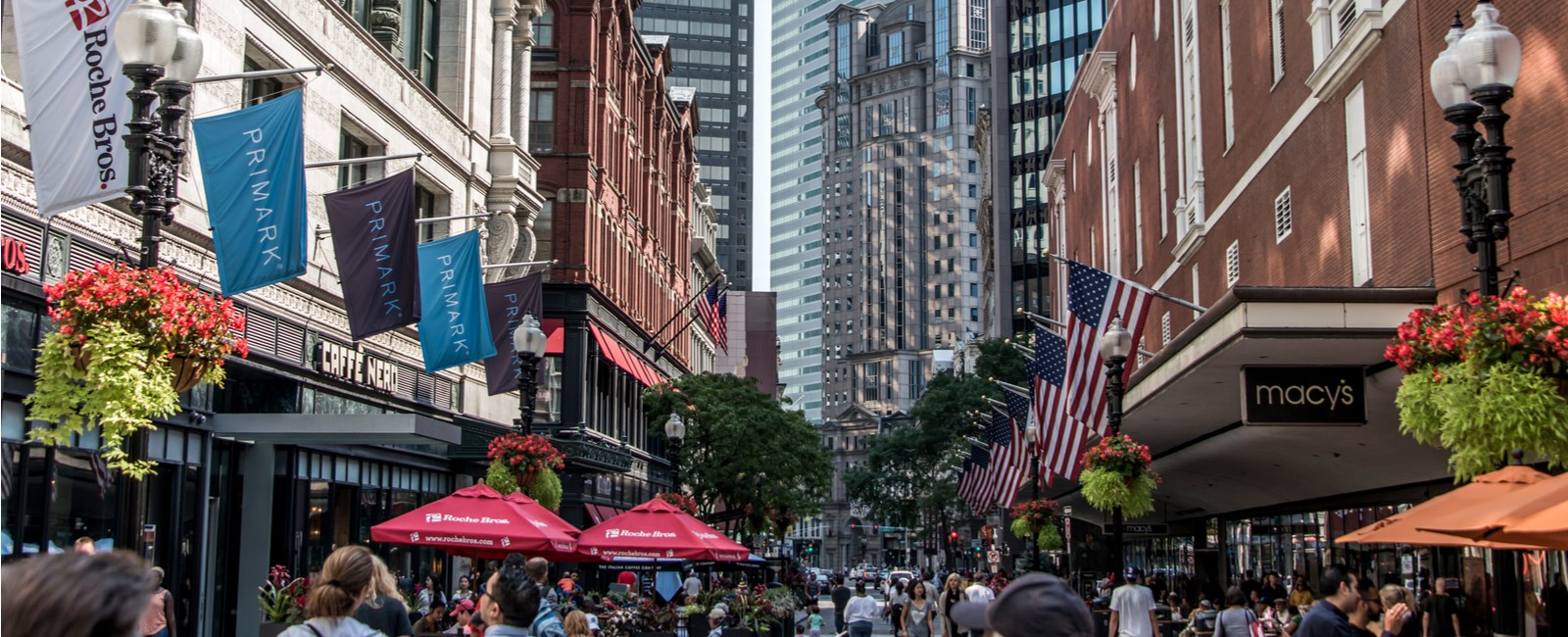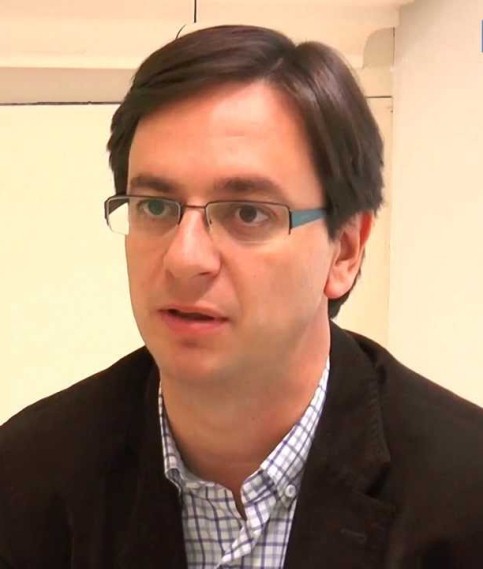Segregation is one of the most important population processes in cities: in the USA one in five city dwellers lives in a very income-segregated community. Social or income segregation is a spatial process and most work has focused mainly on residential segregation, i.e., on the basis of places of residence. But due to the increased mobility of people today, segregation is a process than goes beyond home or work places. Furthermore, as Ray Oldenburg argued, third places (not home or work) where people mix are important for civil society, democracy and civic engagement. But are there still enough third places in our cities to fulfil this function? To answer that question we studied a unique database of three billion location events of 329,000 users in the Boston metropolitan area. Using these data we identified 10,000 places where people of different economic backgrounds mixed, and analyzed their characteristics. We found that most third places were related to shopping and leisure activities, and that patterns of mixing depended on the place’s actual character. Finally we constructed the mobility network of people between those places to analyze how important third places are for the problem of mobility network resilience. In this talk, we will discuss the implications of our results in the contexts of the future development of areas and the ever-changing evolution of our cities.
Full details of the series


